
Rummy Nose Tetra Care Guide For The Uniquely Colored Fish
Golden Rummy-Nose Tetra "Golden Variety" This is a very beautiful tetra that will thrive in community fish tanks and planted tanks. With its "blush" around the face, this gives it the name "Rummy-Nose." It has an awesome jet black and white tail, which makes this a very colorful fish despite its small size! Size is around half an inch to an inch.
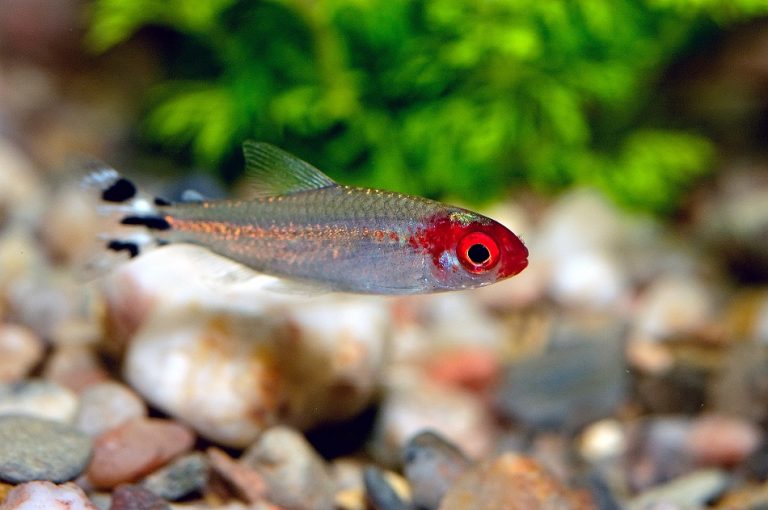
Rummy Nose Tetra Fish Info with Care Details and Pictures
The Rummy nose tetra is a beautiful freshwater fish that is easy to keep, breed, and care for. The common name for Rummy nose tetra in the aquarium world is brilliant rummy nose tetra, red nose tetra, and Firehead tetra.. Commercial breeders also produce a golden variant of the rummy nose tetra by selectively breeding, which is available for.

Rummynose Tetra size S Aqua Huna
Origin: South America Appearance: Silver body with a distinctive red nose and black wedge-shaped tailfin Size: Up to 2 inches (5 cm) in length Lifespan: Up to 5 years In this guide, we'll cover the following topics: Where Are They From? What Does The Rummy Nose Tetra Look Like? How Big Do They Get? How Long Will They Live?
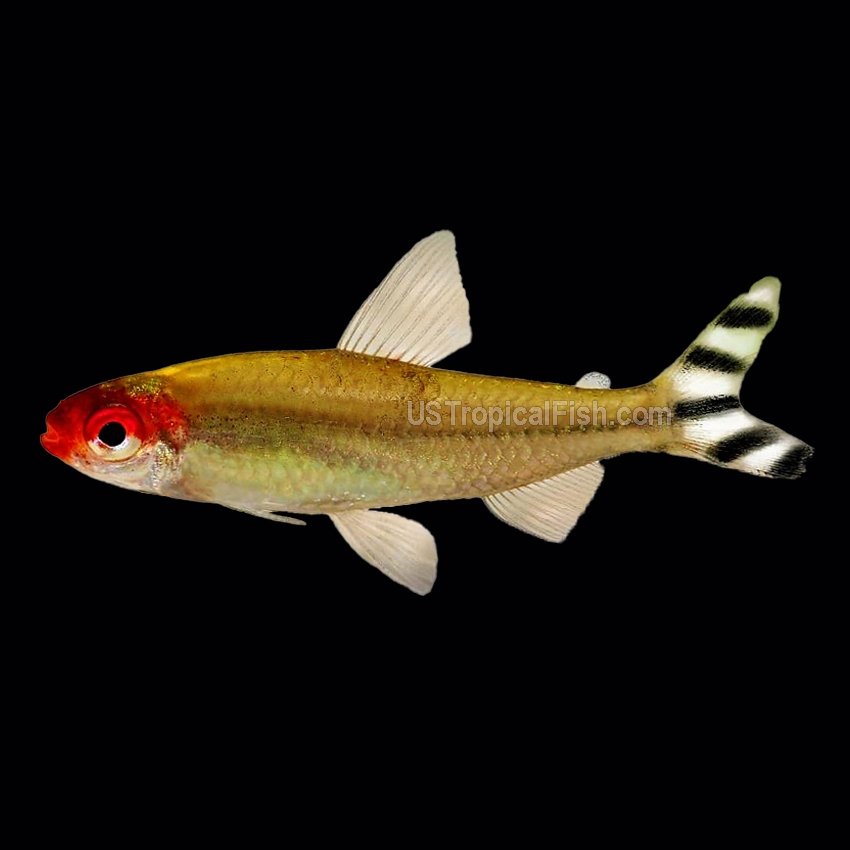
Home Discus US TROPICAL FISH
The Rummy Nose tetra has the scientific name, Hemigrammus bleheri, and is also known as the Brilliant Rummy Nose tetra, Firehead tetra, Blehers Rummy Nose tetra, and Rednose tetra. The species was first described in 1986 by Géry and Mahnert, and it is not currently listed on the IUCN Red List as vulnerable or endangered.

Rummy Nose Tetra Full Guide (with Setup, Mates & Breeding)
Temperature: Rummy nose tetras are used to warmer waters, so you should have the temperature in your tank within the range of 75-84°F. pH Levels: In the wild, the waters they inhabit are more acidic due to decaying matter and vegetation from plants. A suitable pH level for rummy nose tetras is a range of 5.5- 7.

Rummynose tetra stock photo. Image of aquarium, transparent 18462554
Neon Tetras Neon Tetras are a popular freshwater fish and an excellent choice as Rummy Nose Tetra tank mates. With their bright colors and peaceful temperament, Neon Tetras can add a splash of beauty to your aquarium while being an ideal companion for the Rummy Nose Tetras. Compatibility: 4 out of 5 Tank Size: 10 gallons (38 liters) and above
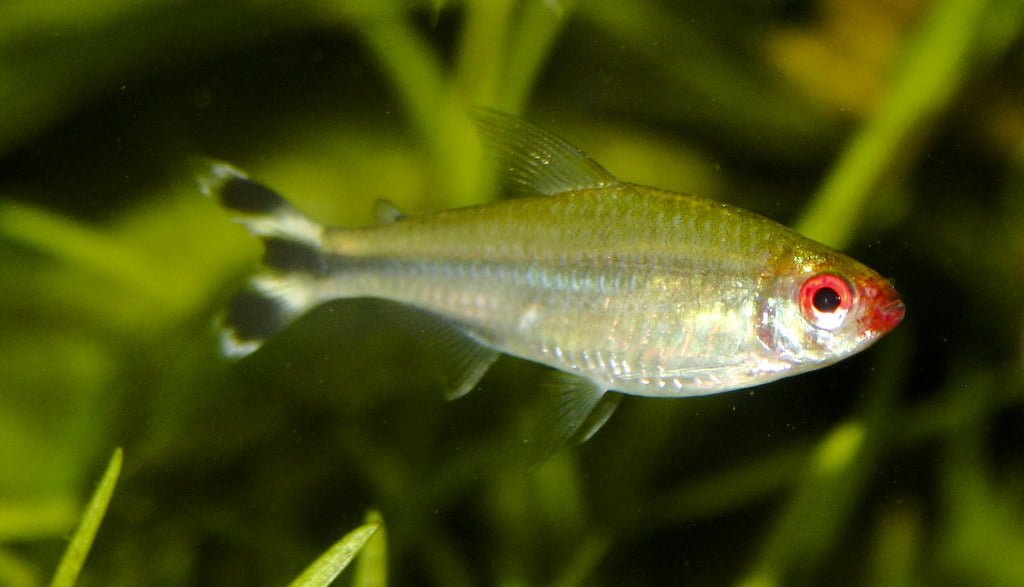
Rummy Nose Tetra Here is Everything You Need to Know About the Fish
The Rummy Nose tetra is a gorgeous fish that can do well in community tanks with other non-aggressive species. Thanks to their small size, these attractive fish are suitable for life in a small tank. But are Rummy Nose tetras a good fit for a beginner? Do these fish need to live in a tank with a heater?
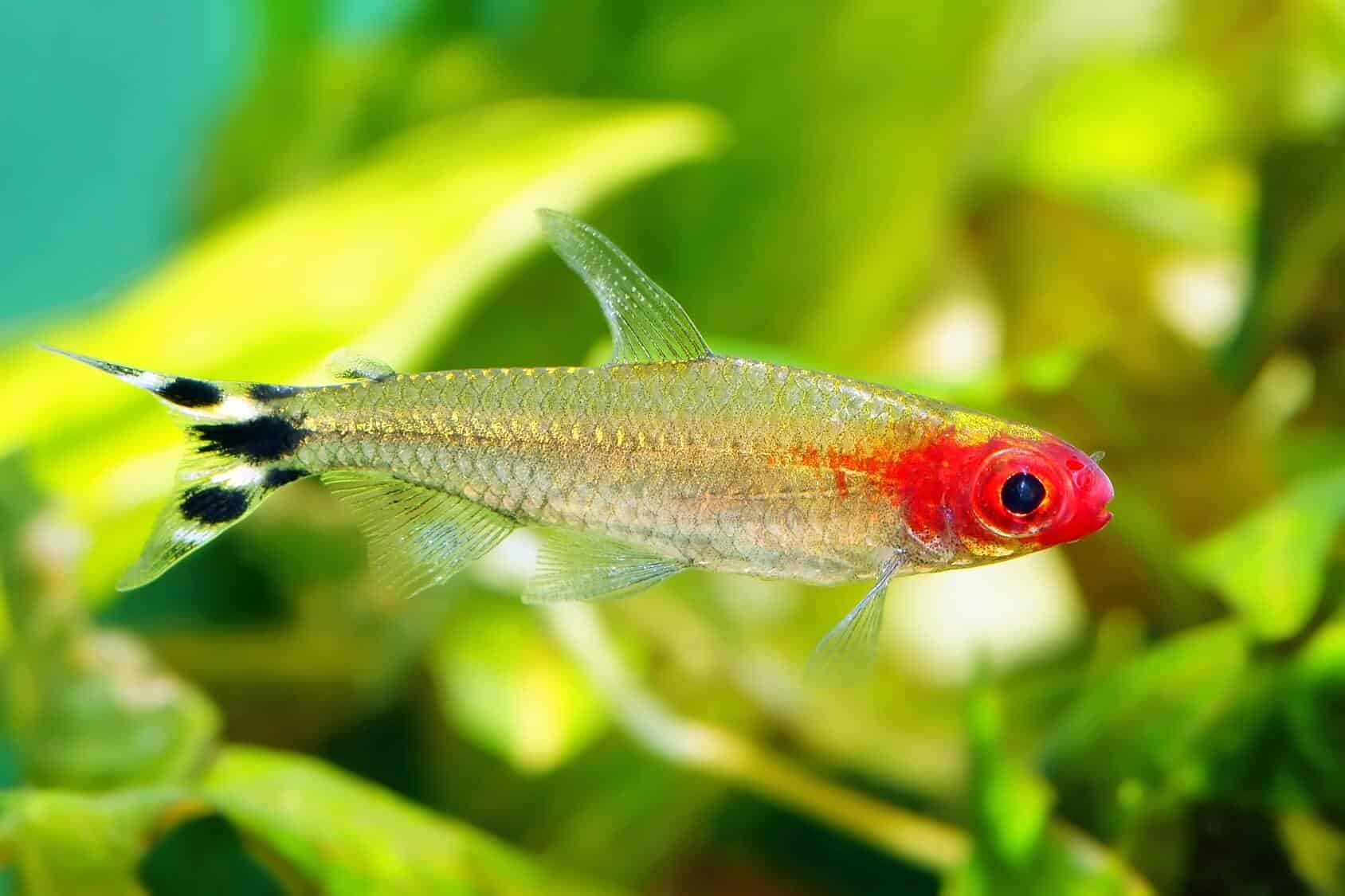
Rummy Nose Tetra Care Guide & Species Profile Fishkeeping World
The rummy nose tetra is a freshwater fish from the Characidae family. There are three very similar species which are all known as rummy nose tetras: Hemigrammus rhodostomus (The True Rummy Nose Tetra) Hemigrammus bleheri (Also known as The Brilliant Rummy Nose Tetra or The Common Rummy Nose Tetra) Petitella georgiae (The False Rummy Nose Tetra)

Rummynose Tetra size S Aqua Huna
Rummy Nose tetras like many tetras are egg scatterers - the female will release eggs on to plants, among moss or spawning mops, the male follow closely and fertilises the eggs. So a densely planted breeding tank or one with many spawning mops is best. Spawning mops or clumps of java moss are in many cases more practical.
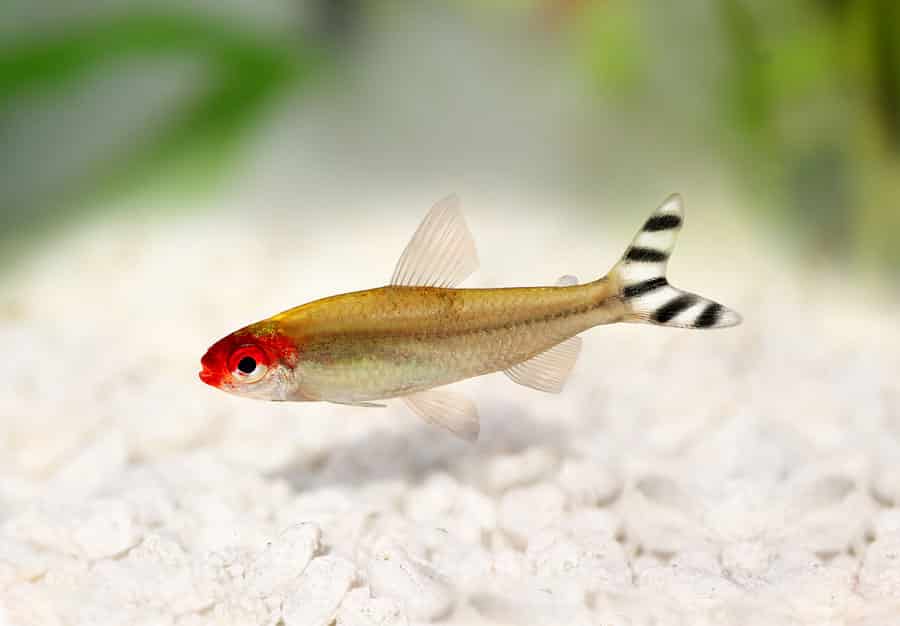
Rummynose Tetra Fish Learn About Nature
Rummy nose tetras are small fish, only growing to about 2 inches in length. They have a slender, torpedo-shaped body and a large head. The body is silvery in color, with a red stripe running from the snout to the tail. The tail fin is also red, with black and white stripes. There are three species of Rummy nose tetra:

Rummy Nose Tetra Care Guide For The Uniquely Colored Fish
The Brilliant Rummynose Tetras are relatively small, typically reaching a length of 1.2 - 1.6 inches (3 - 4 cm), with a maximum size of 2 inches (5 cm) being possible. These fish have a silvery-gray body, with a barely noticeable greenish hue, which is complemented by a redhead and a beautiful black and white striped pattern on its tail.

Rummy Nose Tetra Care Guide Keeping Tropical Fish
The typical rummy nose tetra typically grows up to 2 inches on the lower end and 2.5 inches for larger specimens. They are small fish, ideal for small tanks, and do not grow much larger. Natural habitat and origin. These species are native to South America and hail from different parts of the Amazon river. The true Rummy Nose Tetra inhabits the.
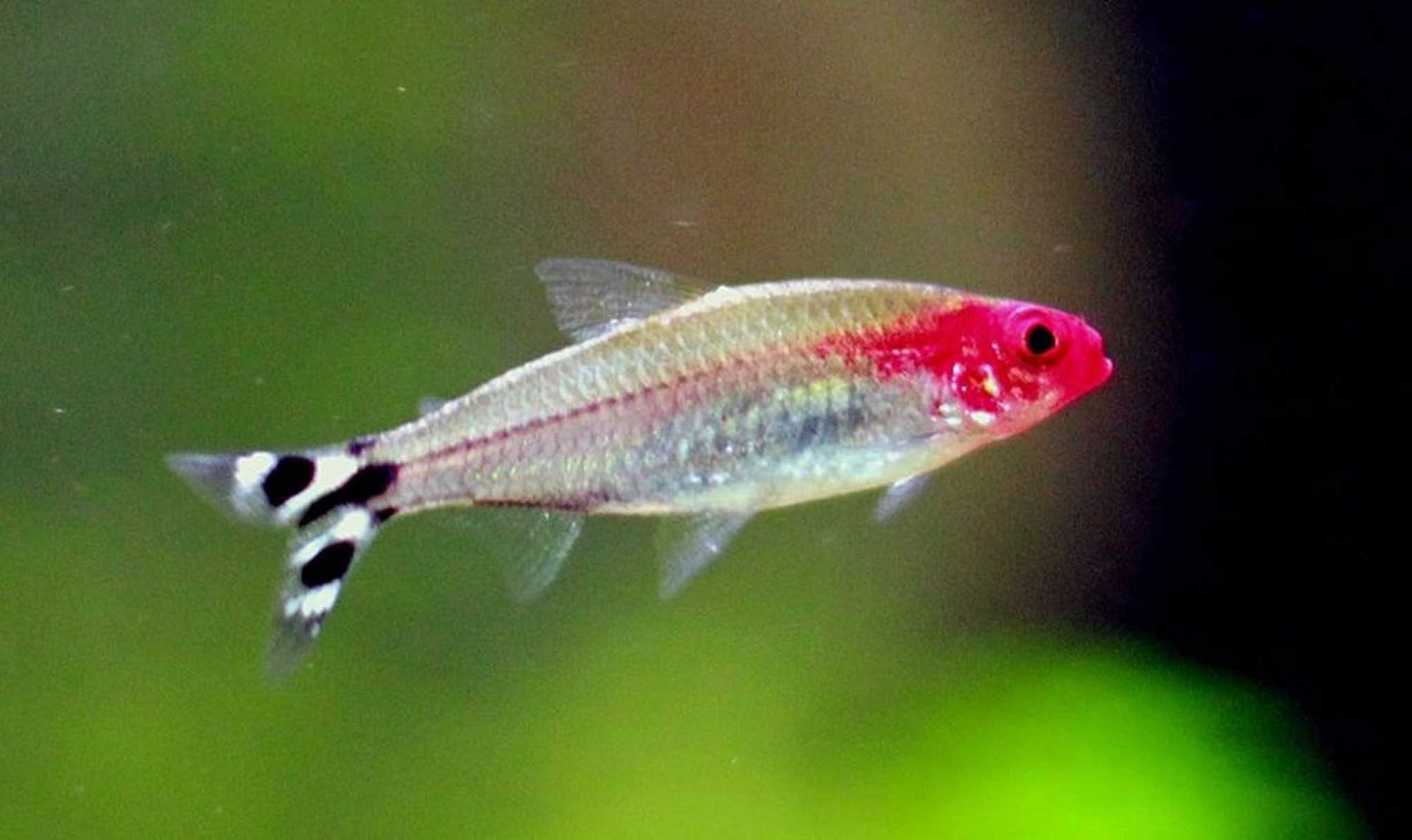
13 Best Rummy Nose Tetra Tank Mates (With Pictures!) Aqua Movement
Place the heel of your foot on its nose, turn full circle, and make a wish; well my wish came true Date of experience: March 2016. Ask Peter C about Galleria Vittorio Emanuele II. 2 Thank Peter C . This review is the subjective opinion of a Tripadvisor member and not of Tripadvisor LLC. Tripadvisor performs checks on reviews as part of our.

Rummy Nose Tetra Profile and Care Guide YouTube
This outgoing fish gets its common name comes from the reddish flush on its face, and there's nothing like seeing a large group of gorgeous redheads darting back and forth amidst an emerald forest of live aquarium plants. Learn more about this dazzling tetra and how to best bring out its crimson colors. What are Rummy Nose Tetras?

Tetra Golden Firehead Rummy Nose Tetra (Hemigrammus bleheri) 3cm Aquarium Central
Updated: April 27, 2022 114.0K views The Rummy Nose Tetra is a neat-looking freshwater fish that are a good fit for many aquariums. While there are some considerations you need to have when it comes to caring for them, we believe anyone can handle these fish with the right knowledge.

Hemigrammus bleheri THE ADORABLE RUMMY NOSE TETRA ALBINO. (Leopard Aquatic C060A) YouTube
The rummy nose tetra is native to South America's Amazon River and tributaries. These waters are warm and soft (lacking heavy minerals), have a moderate current, and are slightly acidic. The riverbeds are soft and sandy, with ample rocks and sticks along the bottom.